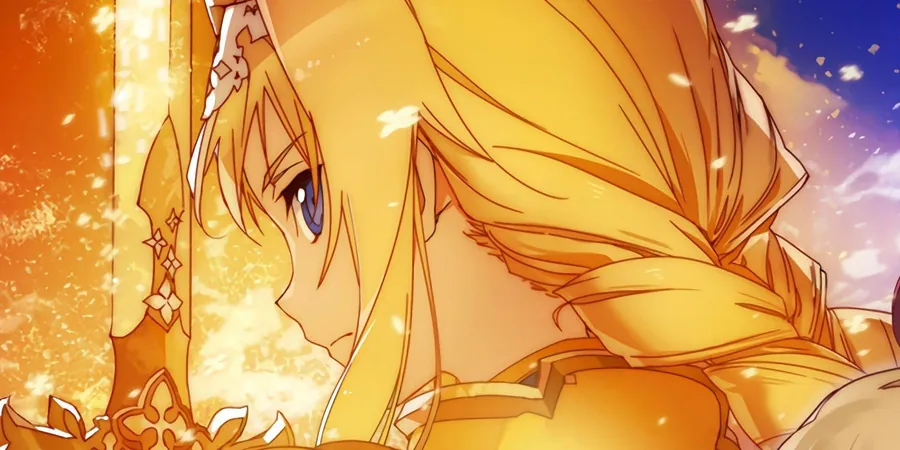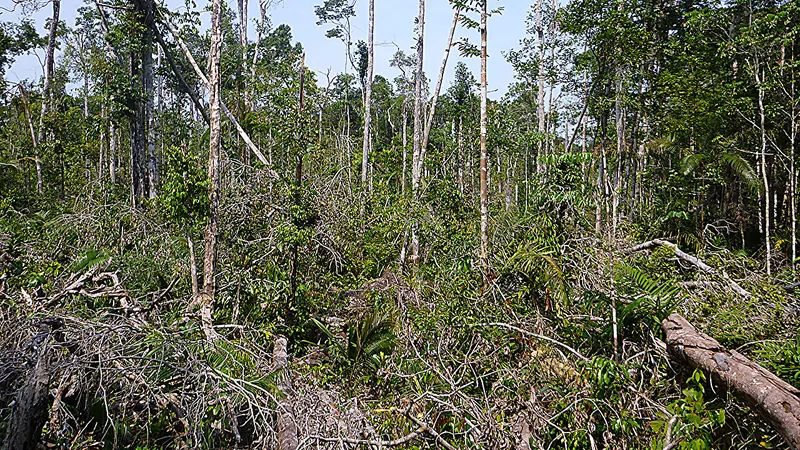
The Potential Sony-Kadokawa Acquisition: What It Means for the Future of Anime
2024-11-24
Author: Benjamin
The Game-Changing Opportunity in the Anime World
In a move that could drastically reshape the anime industry, Sony is reportedly in discussions to acquire Kadokawa, a major player in Japan’s publishing and anime production landscape. If successful, this acquisition would grant Sony sweeping control over Kadokawa’s formidable anime production capabilities, potentially changing the way anime is produced and distributed on a global scale.
What’s at Stake? A Surge in Production Targets
Kadokawa had ambitious goals, aiming to produce 40 anime titles annually by 2023. Whether this objective has been fully realized is still uncertain, but the pressure of meeting such targets has led to increased production challenges across the board. Tight deadlines have resulted in delays for various series, prompting some companies to pivot towards pre-made animation to ensure smoother releases. This acquisition might further escalate production capacity, especially under the expansive infrastructure of Sony, which owns Aniplex—one of the leading anime production companies in Japan.
With the merger of resources, Sony could potentially oversee all components of the production chain—from initial creation to distribution. Unlike before, where Sony possessed studios and content but lacked ownership of underlying manga or light novel properties, owning Kadokawa would change that dynamic radically.
Creating a Mega Conglomerate in Anime Production
If the deal goes through, it could lead to the formation of the largest anime production complex in history, uniting the creative side with distribution channels. This would position Sony uniquely in the market, directly controlling properties like "Sword Art Online" and "Mushoku Tensei," which already have substantial international followings. As it stands, the most significant production partnership has been with the Shueisha-Toei-Bandai Namco trio, which has created global sensations like "Dragon Ball" and "One Piece." However, those companies often operate separately, leading to missed collaborative opportunities.
Reactions from Rivals and the State of the Industry
The prospect of such a powerful conglomerate may stir responses from other industry players. While some may view this as an opportunity to collaborate, others may find it necessary to distance themselves from Sony. Companies like Shueisha might seek to solidify their position by exploring new alliances or launching their own ambitions in anime production.
Streaming services, notably Netflix and Amazon Prime Video, may recognize this as an opportunity to capture market share and portray themselves as alternatives to platforms like Crunchyroll. Still, they face challenges in attracting audiences given historical precedents in the industry. Meanwhile, smaller services may find themselves repositioning amid shifting alliances and production benefits that larger players might capitalize on.
The Path Forward: A Deal in the Balance
The acquisition is far from finalized. Regulatory hurdles in Japan must be navigated, and Kadokawa itself will need to weigh the potential benefits against its current operations and challenges it faces within anime production. The possibility remains for a partial merger or partnerships, rather than a full acquisition, which could still yield significant changes in how anime is produced and consumed.
It’s clear that the anime landscape is undergoing a potential transformation, and only time will tell how this high-stakes game of corporate chess will unfold. If the acquisition succeeds, we might witness not just a shift in ownership but a complete reimagining of the anime industry as we know it. The excitement is palpable, and fans across the globe will be watching closely!









 Brasil (PT)
Brasil (PT)
 Canada (EN)
Canada (EN)
 Chile (ES)
Chile (ES)
 España (ES)
España (ES)
 France (FR)
France (FR)
 Hong Kong (EN)
Hong Kong (EN)
 Italia (IT)
Italia (IT)
 日本 (JA)
日本 (JA)
 Magyarország (HU)
Magyarország (HU)
 Norge (NO)
Norge (NO)
 Polska (PL)
Polska (PL)
 Schweiz (DE)
Schweiz (DE)
 Singapore (EN)
Singapore (EN)
 Sverige (SV)
Sverige (SV)
 Suomi (FI)
Suomi (FI)
 Türkiye (TR)
Türkiye (TR)